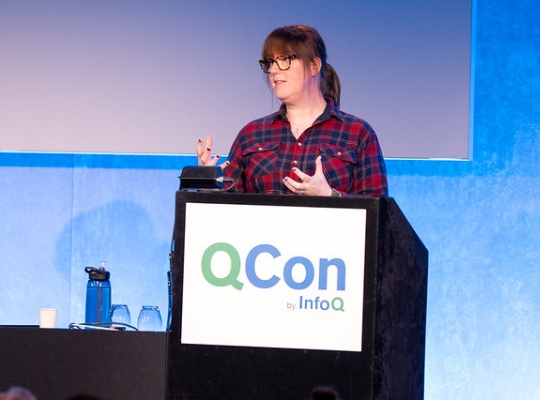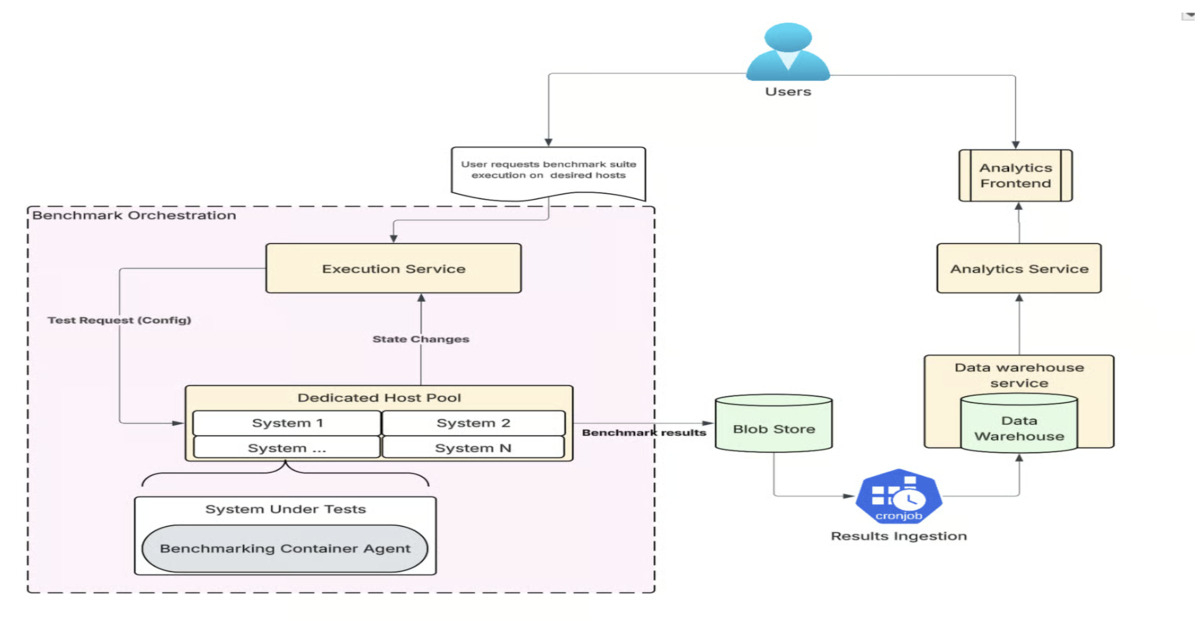Codetown
Codetown ::: a software developer's community
Groovy and Grails biggest problem...
Replies to This Discussion
-
Permalink Reply by Zemian Deng on July 22, 2008 at 11:19am
-
Robert Dempsey said:What I am looking for is performance comparisons of Groovy/Grails with other frameworks combined with Java such as Spring.
Hello Robert, Have you explored Scala programming? It gives you the short and flexibility of Groovy like expressiveness, but yet has good performance as close as to Java itself! Scala is static typed instead of dynamic though. Check out other post I made few days ago under Other JVM Group on this site see if you like it.
-Z -
-
Permalink Reply by Jim Moore on August 27, 2008 at 10:36pm
-
What needs to be performant and why? Things like Twitter are built on a notoriously slow platform (ie, Ruby on Rails) but it's plenty fast enough.
Grails is obviously slower than Spring MVC since it's built on old versions of Spring MVC and Spring WebFlow. Does it matter? For the vast majority of web sites the answer is trivially simple: No.
Scala is faster and slower than Java depending on what you're doing. Groovy is slower than both, but who cares? It's more than fast enough for what it's used for.
If you really need speed, write in assembly code. If you think that's not reasonable, then ask yourself why you're willing to sacrifice that speed to be able to write in Java. Then apply the same reasoning to why you would program in something like Grails.
Note that I'm not saying that you should use Grails, just that looking at performance without solid reasons *why* is well beyond foolish. -
-
Permalink Reply by Jackie Gleason on October 15, 2009 at 5:07pm
-
There are some performance issues (For example I have been told my IDE friendly specific typing can cause issues) that make Scala/Java better for some high volume projects. However, for simplicity and readability groovy is a better way to develop, IMHO
Jackie -
-
Permalink Reply by John Thompson on January 3, 2010 at 8:03am
-
To answer adoption - Grails is becoming more and more mainstream. Sky.com, Wired, and Walmart (specifically mp3.walmart.com) are some notable sites using Grails.
In benchmarking, yes, Grails is slower. But improvements are being made, both to Groovy and Grails itself.
And benchmarks are generally useless in the real world. Every application is different. Bad code, poor database design, poor technology choices, etc are going to have a far greater impact then the language used.
Where performance is an issue, you can always use Java (or Scala). In fact, much of the Grails framework is in Java, not Groovy. It all comes down to using the right tool for the job.
Also - in the age of distributed computing, I need to ask who cares if there is a 20-30% performance penalty. What does it matter if you need to spool up another VM or two in the cloud? -
Notes
Welcome to Codetown!
 Codetown is a social network. It's got blogs, forums, groups, personal pages and more! You might think of Codetown as a funky camper van with lots of compartments for your stuff and a great multimedia system, too! Best of all, Codetown has room for all of your friends.
Codetown is a social network. It's got blogs, forums, groups, personal pages and more! You might think of Codetown as a funky camper van with lots of compartments for your stuff and a great multimedia system, too! Best of all, Codetown has room for all of your friends.
Created by Michael Levin Dec 18, 2008 at 6:56pm. Last updated by Michael Levin May 4, 2018.
Looking for Jobs or Staff?
Check out the Codetown Jobs group.
InfoQ Reading List
AWS Launches Network Firewall Proxy in Preview to Simplify Managed Egress Security

AWS has unveiled the preview of its Network Firewall proxy, a managed service that optimizes proxy management and enhances outbound security for VPCs. Integrated with NAT Gateway, this tool inspects traffic through a three-phase model and supports both TLS interception and centralized models via Transit Gateway. Currently available in East Ohio.
By Steef-Jan WiggersCloudflare Open Sources tokio‑quiche, Promising Easier QUIC and HTTP/3 in Rust

Cloudflare has open-sourced tokio-quiche, an asynchronous QUIC and HTTP/3 Rust library that wraps its battle-tested quiche implementation with the Tokio runtime to simplify the development of high-performance QUIC applications. The library was used internally to back the edge services, the Oxy HTTP proxies or MASQUE-based tunnels replacing the Wireguard-based tunnels in the WARP client.
By Olimpiu PopUber Adopts Amazon OpenSearch for Semantic Search to Better Capture User Intent

To improve search and recommendation user experiences, Uber migrated from Apache Lucene to Amazon OpenSearch to support large-scale vector search and better capture search intent. This transition introduced several infrastructure challenges, which Uber engineers addressed with targeted solutions.
By Sergio De SimonePresentation: Changing Power Dynamics: What Senior Engineers Can Learn From Junior Engineers

Beth Anderson discusses the "power distance index" and its critical role in communication. Using the Korean Air Flight 801 tragedy as a case study, she explains the dangers of hierarchy-driven silence. She shares actionable frameworks for building the 4 stages of psychological safety, implementing reverse mentoring, and using PRs as tools for knowledge sharing rather than gatekeeping.
By Beth AndersonBenchmarking Beyond the Application Layer: How Uber Evaluates Infrastructure Changes and Cloud Skus

Uber’s Ceilometer framework automates infrastructure performance benchmarking beyond applications. It standardizes testing across servers, workloads, and cloud SKUs, helping teams validate changes, identify regressions, and optimize resources. Future plans include AI integration, anomaly detection, and continuous validation.
By Leela Kumili
© 2025 Created by Michael Levin.
Powered by
![]()